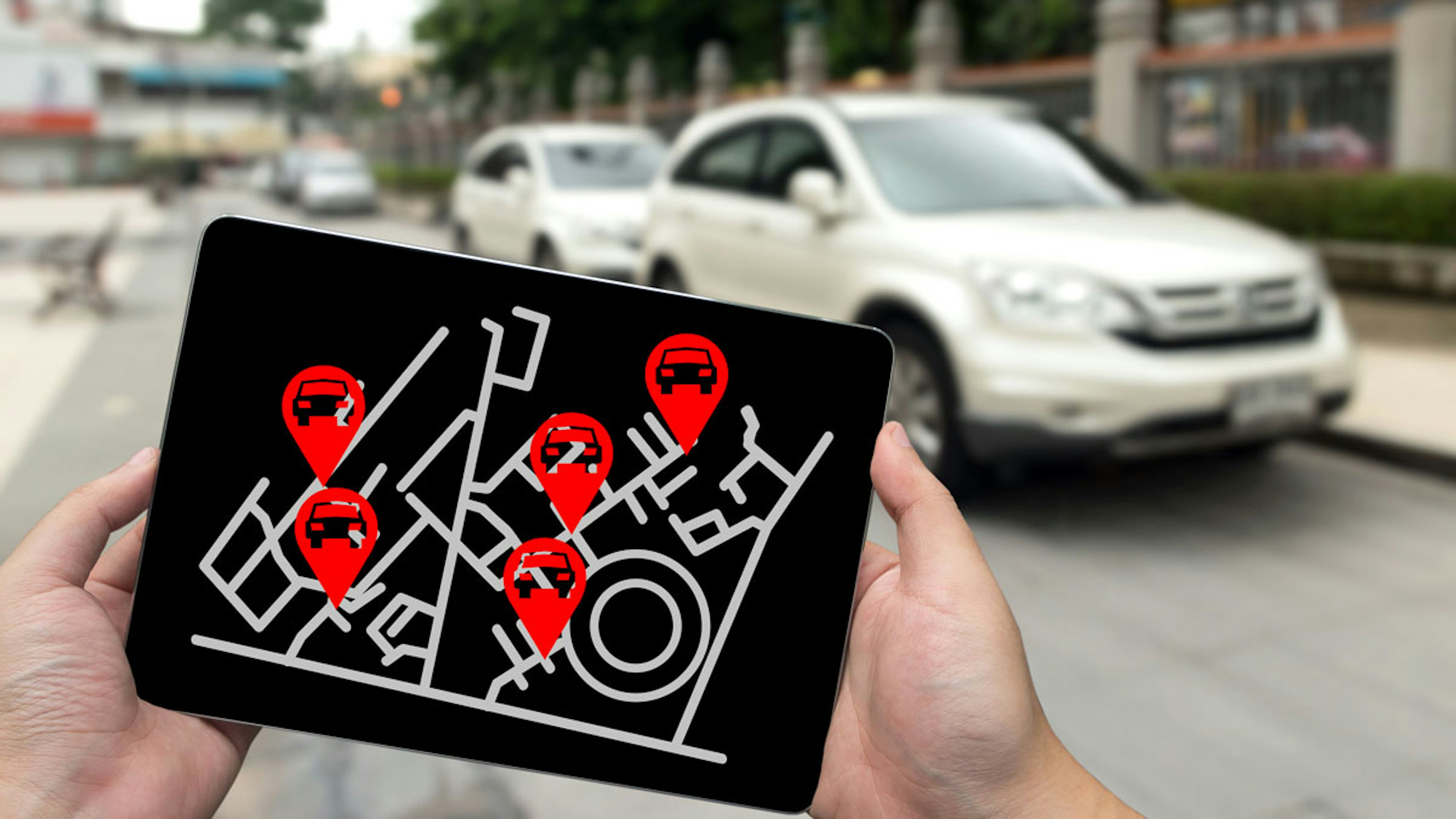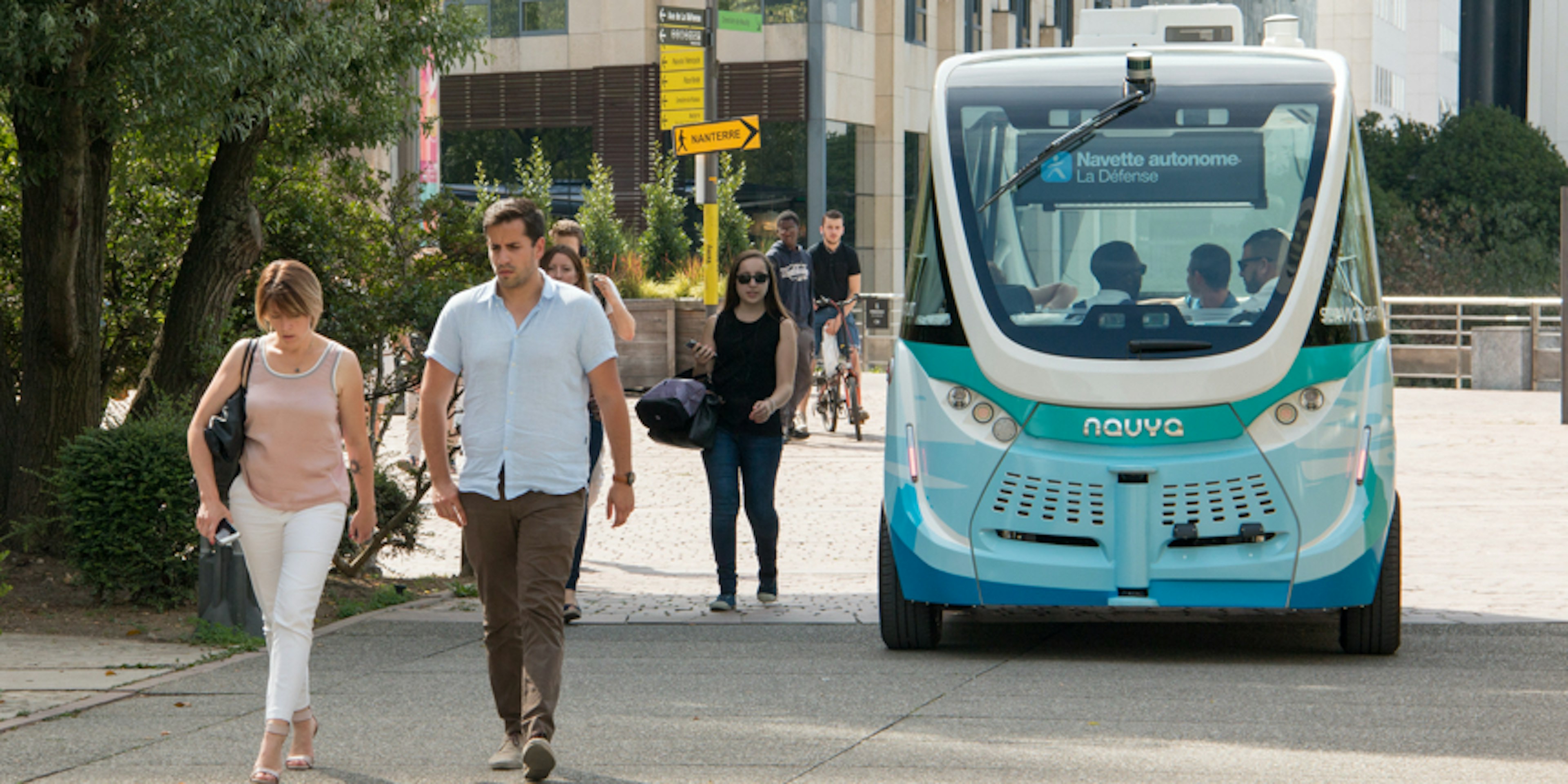Sales of hybrid, electric and autonomous vehicles are on the rise. More fuel-efficient SUVs are killing demand for sedans. Ride hailing has become so popular that “Uber” is now a verb in everyday speech. And more and more people are foregoing costly car ownership in favor of the growing number of on-demand mobility services.
Significant changes in mobility are accelerating in both our personal and business lives. What does that mean for your fleet? Are you prepared to keep up with the mobility innovations necessary to stay relevant to your customers and drivers? What’s the most efficient way to evolve your fleet so your company can advance its performance and profitability? Before addressing these questions, let’s take a closer look at the nation’s mobility trends.
Major shifts in OEM production are reshaping supply
Fewer low-demand sedans, more high-efficiency SUVs
Following the initiative of GM and Ford, major auto manufacturers are cutting back their sedan production to reallocate resources to their more popular, versatile SUVs. Due to lighter body frames and other advances, the gas mileage of today’s SUVs, especially smaller ones and crossovers, is almost as good or equal to that of the average sedan. Better gas mileage, paired with the drop in U.S. gas prices, is increasing consumer demand for SUVs more than ever.
EV market grows despite lower gas prices and potential emission standards rollback
Total U.S. EV sales for 2018 were up 81 percent over 2017, according to the tracking website Inside EVs. And global EV growth is expected to climb, based on a 2019 Deloitte study that found many consumers are willing to buy an EV for their next vehicle.
Plus, even though the Trump administration wants to lower emission standards, several OEMs are investing millions in producing more zero-emission EVs. In fact, GM has proposed a National Zero Emission Vehicle (NZEV) program that would require 25% of the vehicles sold by U.S. manufacturers in 2030 to be emission-free.
Mobility as a service is in high gear
As a more affordable and convenient alternative to personal vehicle ownership, an ever-increasing number of people, especially urbanites and younger travelers, are choosing mobility as a service (MaaS). MaaS options allow you to subscribe or pay-as-you-go to get on-demand transport, how and when you need it. MaaS has many forms, public and private, including ride hailing and car sharing.
Ride hailing is a for-profit car service provided by a transportation network company, such as Uber or Lyft, where the drivers use their own personal cars. To book and pay for rides, you simply use the company’s smartphone app.
Car sharing can take a few different forms:
- Free-floating, such as car2go and ReachNow, where members pay by the minute for a vehicle they pick up and drop off anywhere in the service area. No reservation needed.
- Point-to-point, like ZipCar, where vehicles are reserved, picked up and dropped off at a designated point and paid for by the minute.
- Peer-to-peer, including Getaround, enables everyday people to rent out their personally-owned vehicles when they’re not using them, like Airbnb, but for vehicles.
How to capitalize on mobility trends to move your fleet forward
Ways to use MaaS to your advantage
MaaS options enable a pay-only-as-needed fleet model. They provide cost-effective solutions for supplementing additional mobility needs, offsetting costs when your vehicles aren’t in use, and more. MaaS alternatives are ideal for:
- Seasonal or project-based needs that require additional vehicles
- Launching new locations or entering new markets where the exact need isn’t known yet
- Temporary needs for certain types of vehicles, such as custom upfitted trucks
- Salespeople who may not need vehicles full-time
Rightsize your fleet by evolving its makeup
Rightsizing is one of the best ways to increase your fleet’s efficiency. And now that many SUVs offer greater fuel-efficiency, they may be a better fit for your fleet than less versatile sedans. The multifunctionality of SUVs enables them to meet various employee needs, which makes car sharing a more viable option – both within your company and with other companies.
EVs are another smart rightsizing option that meets your company’s green initiatives and saves you money. EVs spare you fuel costs, which is one of the highest fleet expenses. Plus, since EVs have fewer moving components than vehicles with internal combustion, their maintenance costs are significantly less.
Goodbye fleet management, hello mobility management
In this age of mobility, it’s time to look at your fleet from a broader perspective beyond acquiring and managing vehicles and drivers. Your goal is to move people, products, services and/or assets from point A to point B in the most efficient, cost-effective, safest and sustainable way possible. But to achieve this, traditional vehicle ownership alone may not be the best solution.
Shifting from traditional fleet management to mobility management is the solution of the future. Mobility management is a more holistic approach made up of any combination of mobility options, including vehicle ownership, vehicle leasing, and MaaS utilization. Finding the right mix for your company’s unique needs will empower you to reach your management goals faster and easier.
As you transition into mobility management, your total cost of ownership (TCO) will become your total cost of mobility (TCM). To make your transition smooth and your TCM low, consider turning to an experienced, innovative fleet management company for help.
Lower your TCM with the help of mike albert fleet solutions
At Mike Albert, we have 60 years of traditional fleet management expertise paired with a limitless passion for the advancements being brought to life in the mobility management era. And we’re eager to help you make the most of the mobility innovations that are right for your business and will lower your TCM.
We can start by looking at your current fleet, tracking its data, and creating a big picture analysis to see which mobility options align best with your employees’ job functions and transportation usage. Based on that, we can help you plan a mobility management strategy. Once a plan is in place, we can even handle your transactions with mobility providers, if you’d like. Whatever your mobility needs, large or small, we’re here to help.



